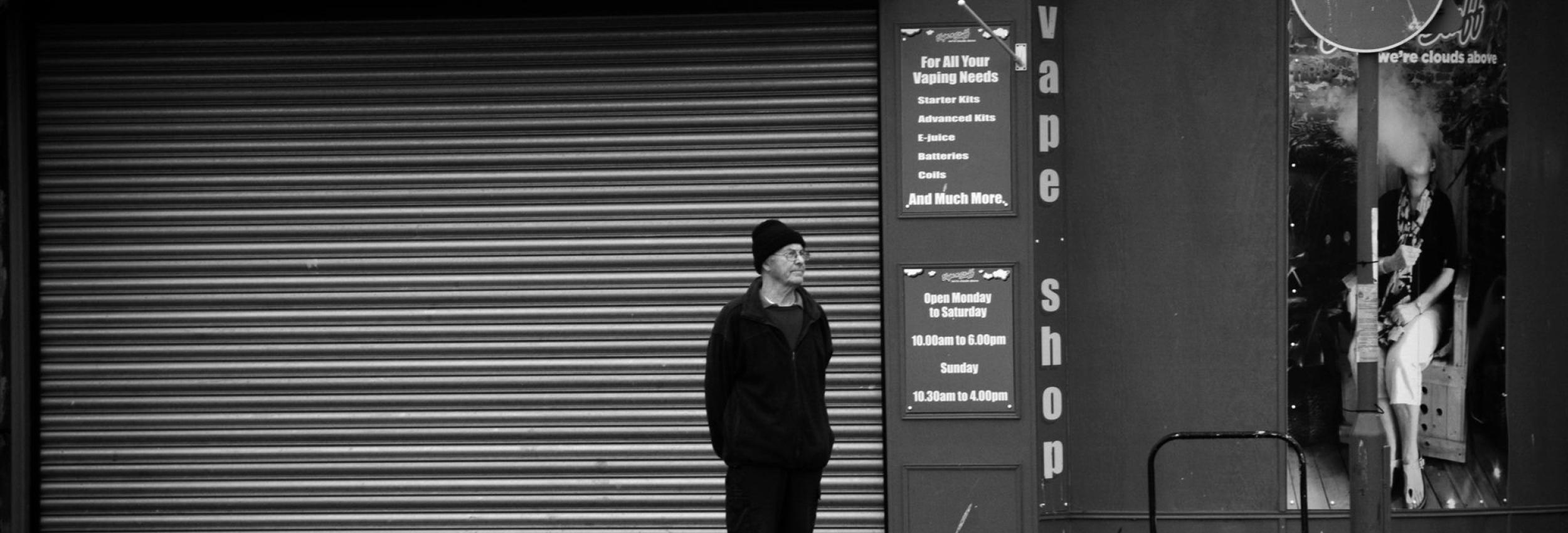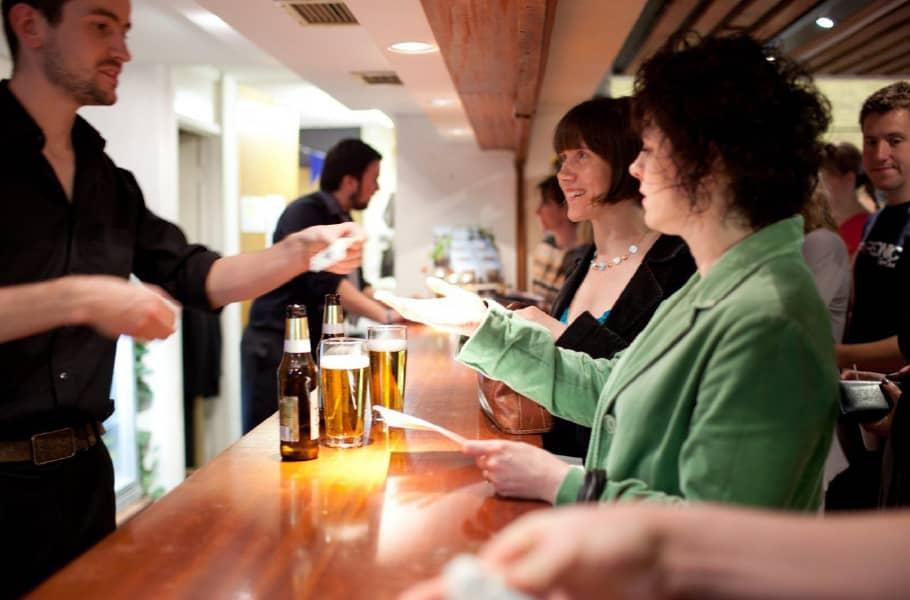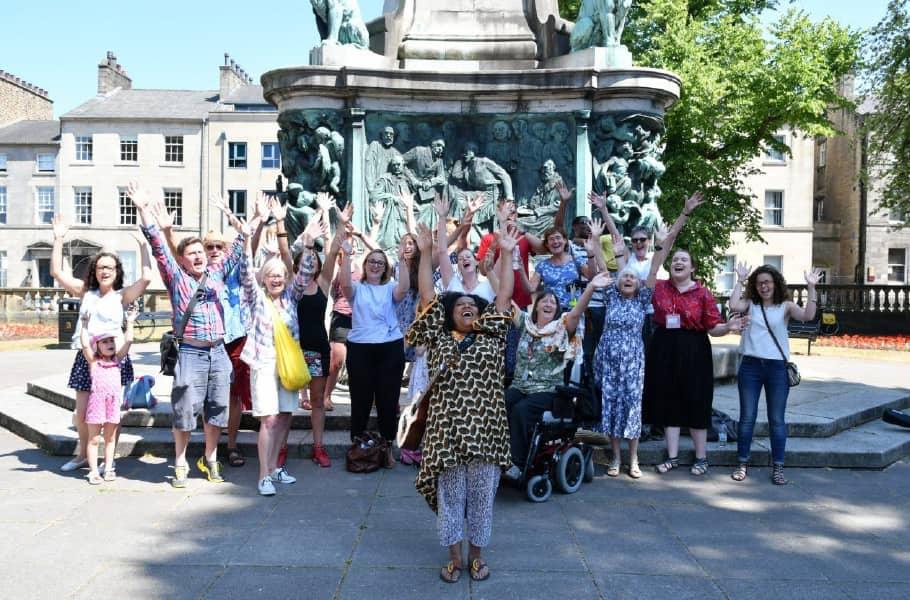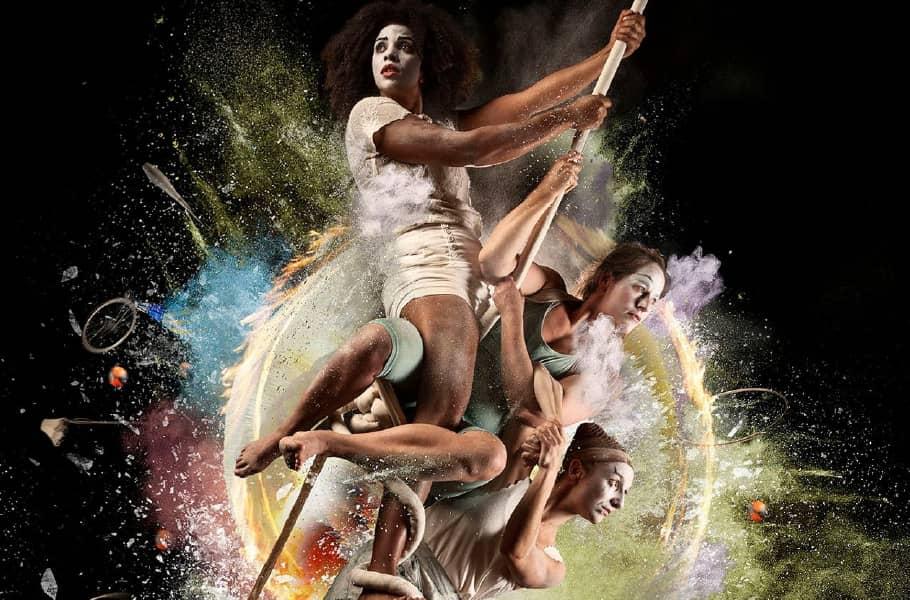Finding What We Didn’t Know Was There
A conversation with artists in Breathing Space
#BreathingSpace is a programme that Lancaster Arts has put together as a response to the Covid 19 crisis. It offers a unique opportunity to take a pause, reflect and notice, look around us, reconsider our arts practices and our relationship to others and to our communities. The chance to reflect can seem like a far-away luxury when your livelihood is fundamentally at risk, as it is right now for all freelancers in the arts across the world.
The usual expectations of how art reaches into our lives will change. How do these changes affect how we create our work and how can we find new ways of working through our work? How can artists contribute in a meaningful way, especially as when, for the most part, our work is dependent upon a live experience? In a time of isolation, how can we help to connect the disconnected? This is also an opportunity for reassessing values; for exploring how our values surface in this time of enforced isolation, even as it eases.
Breathing Space is a 4-strand programme; each strand offering a distinctive approach and with the questions that the participating artists wish to explore for themselves. It cuts across all art forms, encompassing photography, performance, sculpture, film, dance and visual art. All artists are based in Lancashire.
Walking/ Moving/Seeing is the first strand in the programme with three small commissions responding to the time that we have had to leave our homes, whether this is for exercise, shopping or just being outside! These artists are:
- Louise Ann Wilson: Louise is collecting the routes of our daily exercise during the different phases of lockdown. Please look at our website here for further details
- Darren Andrews: Darren is photographing our empty streets during lockdown as well as the reawakening of our neighbourhoods and town centres
- Jenny Reeves: Jenny is creating a series of short films that will capture her solo dance pieces performed in the open air and created during lockdown
The following conversation took place in late June 2020 between Jocelyn Cunningham (director of Lancaster Arts) and Louise, Darren and Jenny just as each of their projects have matured.
Jocelyn: Where are you at with your projects and what are you finding out through them?
Darren: I have been photographing how people are behaving in public spaces and how they are connecting with each other, but at a distance. In the early days at the very beginning of lockdown, I was seeing empty, big landscapes with single figures. I’ve been documenting this as conditions for the lockdown have changed and the difference in the photos is amazing; how it is the same focus with lots of sad and lonely individuals to groups of people, but still the same feelings – just more of them! Lost together.
I’m noticing lots of people, just standing there as if they don’t know what to do. Any other time this wouldn’t appeal to me but during lockdown this has been really interesting and moving. Each of the places I have been, Lancaster, Morecambe and Blackpool have all been really different. With everything shut, it changes the mood in the streets. I’ve also been enjoying the empty landscapes. All my shots are in black and white, moody, that’s the kind of thing I like doing but is often hard to make a living with! I’m a dark and miserable bugger! I can’t go back to colour now.
Louise: I’m wondering if this has made you work differently in how you see people, wondering about people’s health and wellbeing.
Darren: My mum died about 2 months ago. It’s been really hard – I have been one of those people just standing there, wondering what the heck am I going to do now. But I have a motive to be out. It’s been quite good for me really, healing. I’m always looking all the time, I don’t need a project to be photographing, I do this anyway but this time it has been a focus, something to aim for.
Jenny: Like Darren, I’m excited about what we are seeing in terms of changes in behavior as well. I am usually a direct sort of person in my movement habits but now it is much more fluid, meandering. This is the first time I’ve developed work as a solo artist; I normally work with a group of dancers to an end project like a show and that involves a theme. I’ve never done process-led work. I’m absolutely terrified but I wanted to develop this movement practice that responds to what is around me with this new observation of meandering pathways that we are all now doing. I’ve never had a movement source to process into work before. It’s a whole new way of working!
I’ve been going to an open field at the same time every day, a space which I have come to see as my breathing space. I noticed that I was feeling particularly relaxed there. I’d find myself lying in bed at night choreographing myself dancing in this space and this is something that has never happened to me before. I go there in all weathers, just experiencing that place and my mood and what is around me, the many birds, the oyster catchers and it all is creating a kind of score. Sometimes I pluck up the courage to pick up my camera and film these improvisations but I haven’t watched them yet.
I am trying to understand how can I share this work that is so embodied and personal with other people but without using photography. This is still baffling me – what is the end product? It’s very much a process and I still don’t know where it is going. It’s scary – I’ve always been a dancer with other dancers and then put on my own, I don’t feel like one at all. I’m trying to be really honest with the lockdown and it has felt really important that I did this work alone but it’s not my comfort zone. I’m really proud that I have stuck to this though – going there every day and dancing in the open air which is very exposed!
Darren: This is like a whole new way of working for everyone isn’t it. And especially for you.
Jenny: Especially, yes.
Louise: I’m very moved by how powerful this is for you, that it is quite a massive thing.
Jenny: And I didn’t realise quite how massive, how vulnerable you feel in an open public space, moving. I just want to keep doing this – when am I ever going to have the time to have a daily movement practice?
Jocelyn: How do you see your work as connecting people?
Jenny: I do feel quite connected because I am speaking a lot with other dancers and of course we are not able to get together, so I feel sometimes that I am embodying other’s experiences too. I feel connected to them but at the same time, totally within my own bubble and alone. Also, the space itself is a connecting space – people walk through it to get to the allotments. It’s a very public space – all the houses look over it. I seem to be in a spot that is a favourite with dog walkers who are very bemused by my dancing!
Jocelyn: Both you and Darren seem to have a regular ritual that you have adopted. Maybe this kind of ritual – something we do every day is a way of helping ourselves through this time of not knowing anything.
Louise: I’ve really struggled with coming to a question because I just had this vision of a project right away. The question really came out of the idea: how might these walks we are all doing be an image that responds to now but it felt like it was fitting the question to the work not the other way around.
My ritual has been running every day but quite quickly I found that my routes were getting blocked off and I had to find places that I didn’t know were there. I’ve lived here for a long time but I never knew these routes were there. I’ve been discovering new places, in-between places that connect to other places. I thought it would be great to map these different routes that we are all finding but then, I started thinking about breathing space as a literal space – looking at the maps of Morecambe and Lancaster and the rural areas around the urban spaces. I wanted to capture not just walks, but bicycle rides, people running, pushing pushchairs, getting out in wheelchairs or with mobility aids. The routes can be for miles or very short – just around the immediate area, inside or in a courtyard, if that is what people have done.
If you look at Lancaster and Morecambe with the river running between them, they can resemble two lungs and I started to think about abstracting this image as a breathing system. I thought of stitching all these walks into a PPE gown, the shape of which is reminiscent to the historic gowns of Imperial China – this makes a visual link to the virus originating in China. I’ve also been thinking about this garment being accompanied with a mask – like those worn in hospital with visors, or the face masks that we are starting to wear.
Do I want to reconstruct maps of walks that are recognisable to people or have this as a basis for the work to come? Both perhaps, a readable/useable map and the abstracted stitched map but I want to be careful. I’ve found that some people want to keep their routes quite close as they are quite precious to them. I don’t want to encroach on hidden places as they have become really important to us all but also many of these places have become much more commonly used during lockdown and I don’t want to add to the overload of paths.
Jocelyn: I am wondering about how this is different to your practice with maps which you have been doing now for a long time. Your earlier project about maps in people’s memories and now this about maps that people feel reluctant to reveal – it is an interesting development!
Louise: Yeah, I didn’t want this to be about the maps themselves but about the routes, the choices we are making. There is something about this being more secret. I really like this aspect about connecting to lots and lots of people. I like the fact that whatever is created at the end of the project, that it has come out of a lot of people’s experiences in lockdown. I was thinking I might stitch a signature, people’s initials perhaps or the name of their walk, at the end of their route so people could identify their own contribution. So, the lines are given a relationship to a person, rather than just being an abstract. I envisage this gown becoming a beautiful object that is hung in a gallery – an installation that captures the myriad routes and the mapping process.
Jocelyn: What is the value of this dialogue with each other – you are each doing such different work. Does this contact with each other bleed into your work do you think? It’s a powerful trigger to ask what are you noticing now that you haven’t noticed before, isn’t it.
Louise: I’m getting quite excited about some of the thoughts I’ve been having during this conversation. I’m thinking about Jenny’s work and thinking about a performance with this gown and thinking about Darren finding places he didn’t know were there and the possibility of recording your walks too.
Darren: Finding these places has been really interesting. Walking down these little alleyways in Morecambe. I worked there for years and how come I never knew they were there!
Jenny: I’d say we have all been discovering new places. It is just a magical time for that.
Jocelyn: And new approaches to our work!




